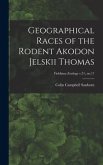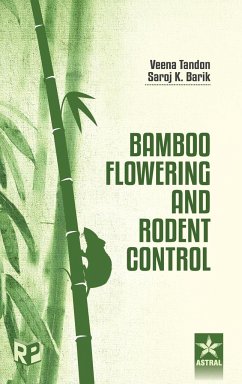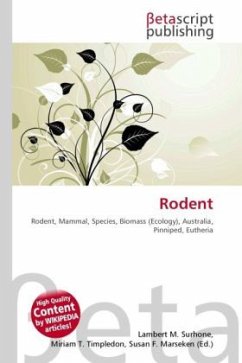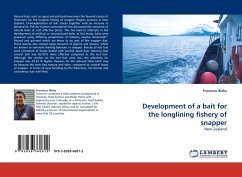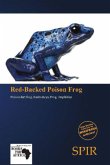Rodents represent the largest order of mammals and are spread all over the globe. They are notorious of being major pests of agriculture, stored products and in urban environments. They are also carrier of more than 32 rodent borne diseases. Among several methods being practised worldwide to combat effectively, the poison baiting is considered the most effective method. However, the palatability of poison bait plays a vital role in successfully controlling rodent population. If the bait is not well accepted, there will be poor rodent kill resulting in wastage of money, labour and time. Unpalatable bait may lead to bait shyness in rodents. During the present study, six taste additives were incorporated 3% and 5% in bait in selected urban and field rodent pest species under laboratory and afterwards in field situation. It is concluded from the study that egg additive 3% in poison bait has more potential in enhancing bait acceptance, thus achieving successful control against urban and field rodent pests of economic importance. The information is very helpful for students of applied Zoology, Practitioners in pest management and farmers.



